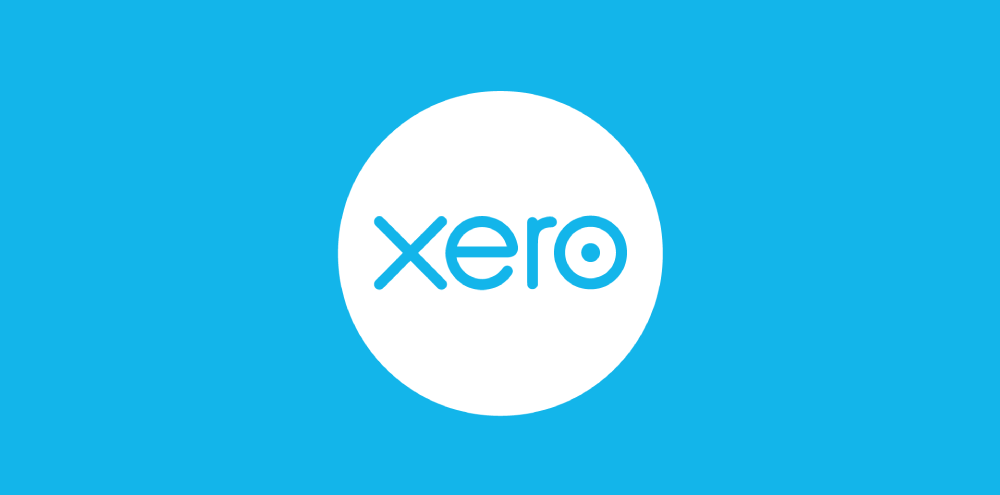Keeping Your Cashflow Strong in Tough Times: Part 2

Cashflow is the key component of operating a successful business, regardless of whether your business is in in a holding patterm or in growth mode. Revenue, profit and your bottom line all deserve your attention. With energy prices soaring, supply chain challenges, rising living costs and high inflation, cash is likely to be tight over the coming year and beyond.
Over the past few months, we have been posting a series of cashflow tips via our All Accounted For Facebook page and, as we have now released our final cashflow tip, we'd like to briefly summarise and share some final points for you to consider.
What can you do to improve your cashflow situation?
The more informed you are about your cash position, the more you can do to prepare for any cashflow gaps. It’s this foresight that can make all the difference when you’re battling against tough external economic forces and a downturn in sales. Understanding your cashflow is key, utilising the right tools and practices is secondary.
If you want to safeguard your cashflow, these are just some of the many sensible steps to take:
- Update your prices and your sales strategy – Raising your prices is one way to bring in more cash, with the same volume of sales. But it's a balancing act. Putting your prices up can alienate existing customers and could see you losing customers, but if you can find the sweet spot for your pricing AND also drum up more sales, you can quickly increase revenue and give your cash inflows a healthy boost.
- Plan ahead for the cashflow gaps – When your forecast shows a shortfall of cash coming up, that’s the time to take action. If you can see that there’s a cash hole approaching next month, it’s time to look at ways of raising extra finance to fill that hole. That could mean extending your bank overdraft, taking out a small business loan, or taking out an invoice finance facility with a lender.
- Look for opportunities to cut your overheads – One way to improve your cashflow is to cut down expenditure. If you can cut back on overheads, expenses, and unnecessary costs, this can help re-balance your position, even when cashflow is getting tight. Look for cheaper suppliers, buy in smaller quantities, take every opportunity to cut costs, and keep your spending more sensible.
- Review your cashflow reports regularly – It’s important to look at your cashflow numbers and reporting regularly, not just at period-end. This is particularly important when economic times are tough. With the most current cash information to hand, you can make informed business decisions and aim to keep the business operational.
- Switch to cloud accounting and integrate with cashflow forecasting apps – Accounting and finance technology has moved on in leaps and bounds in the past decade. Cloud Accounting Platforms such as Xero, offer detailed reporting of your cash position in real-time, giving you up-to-date cash numbers. Xero also lets you add third-party apps to create a custom app stack of helpful business tools. With over 1000 apps, there are plenty of cashflow forecasting options to choose from, giving you the ability to forecast your future cashflow position.
Talk to us about your cashflow processes:
With the business in a healthy cashflow position, you provide a solid financial foundation for riding out the global recession. No business is invulnerable in these conditions, but with liquid cash in the business, you have more flexibility and more capital to play with. Contact Ben Duflou or Sarah Toner via advice@aafl.nz today and we will steer you on the right track forward to improve your cashflow processes.













